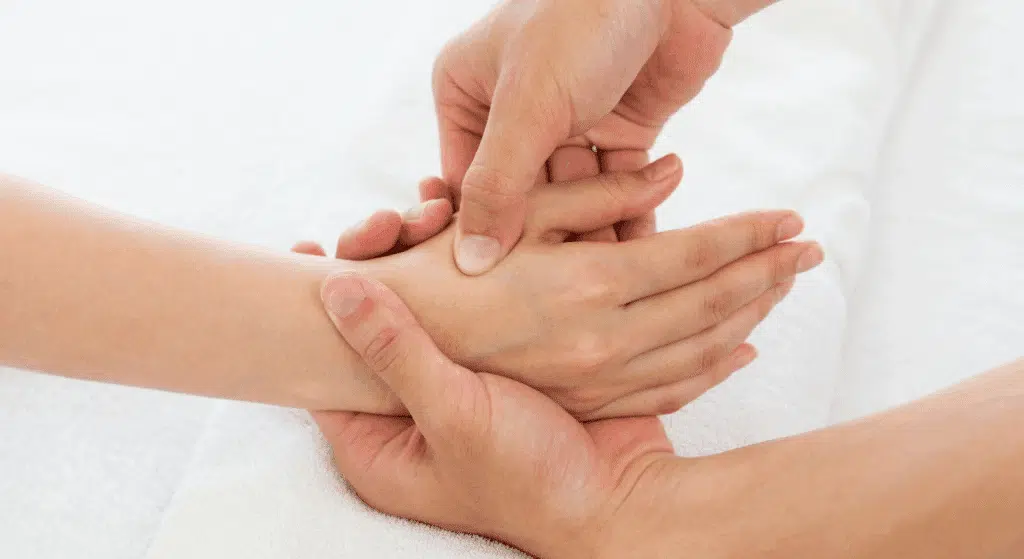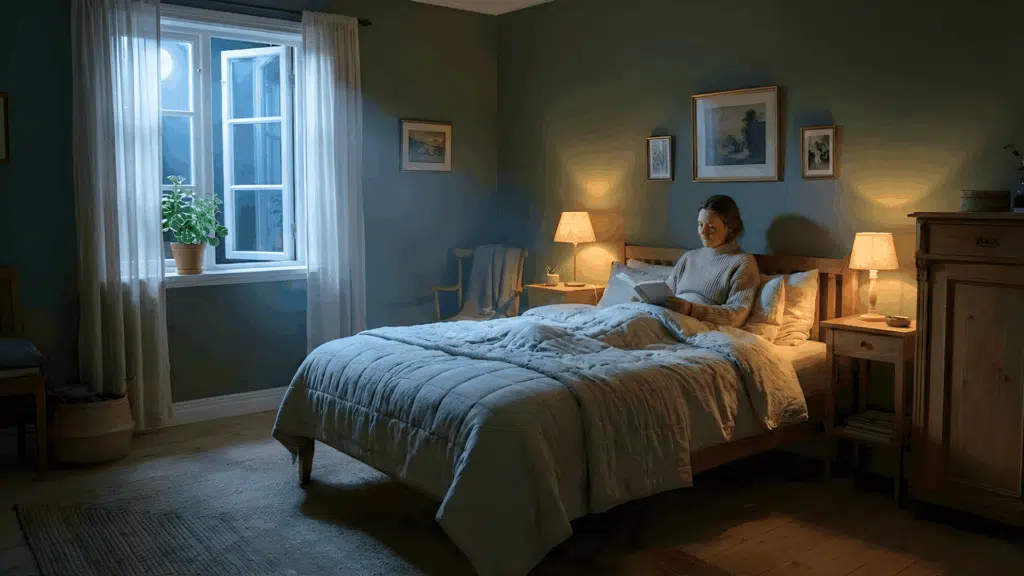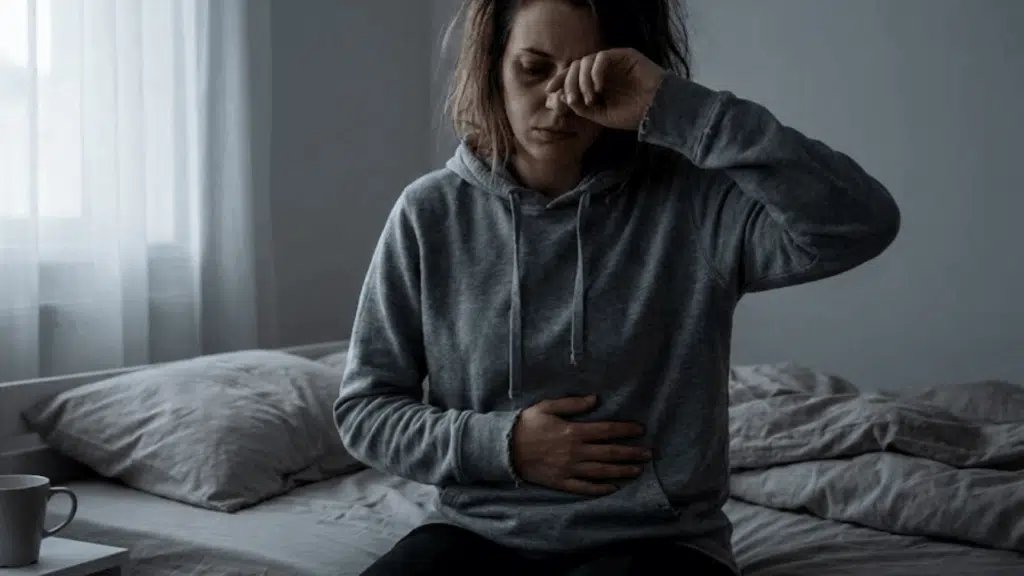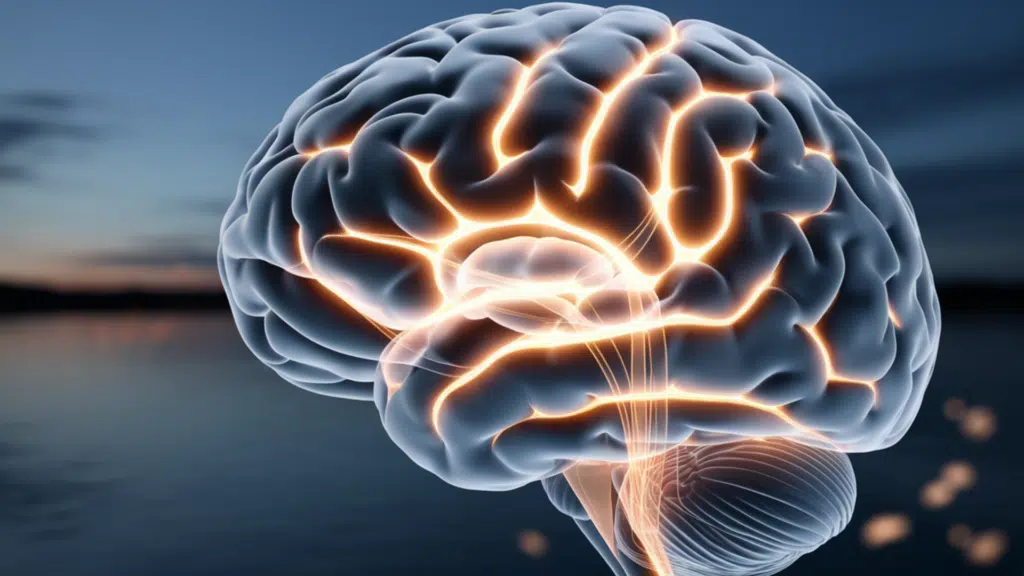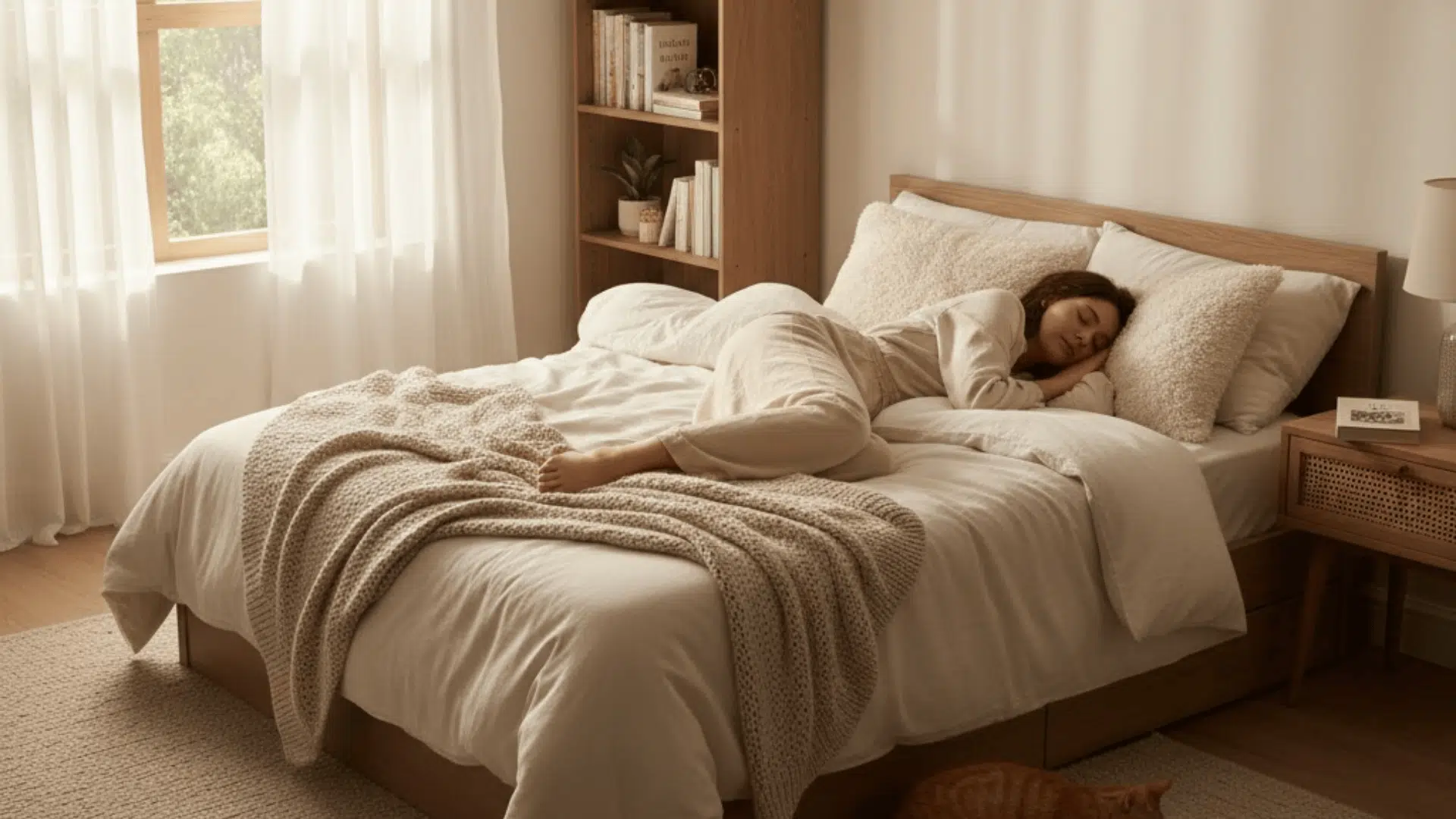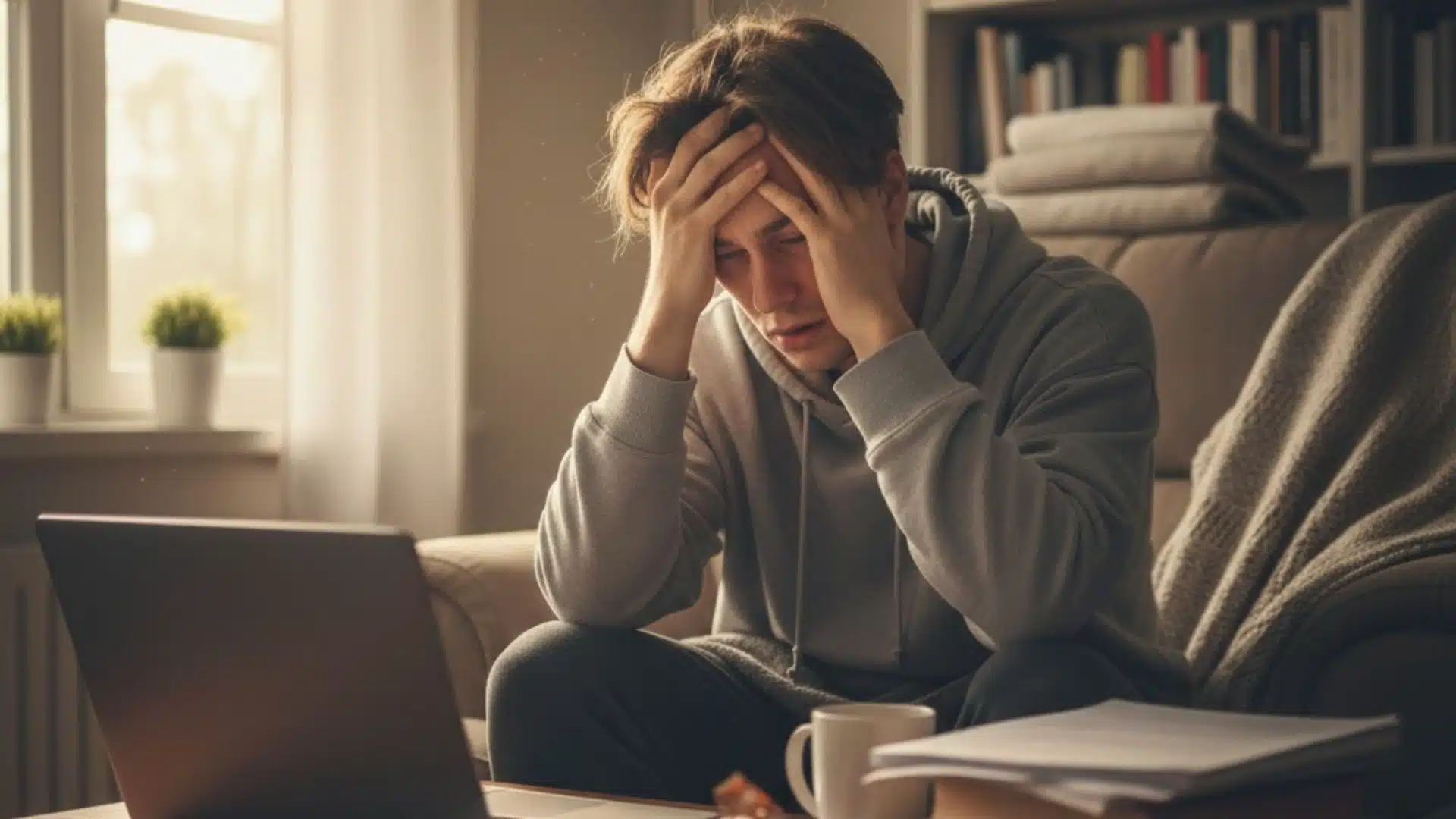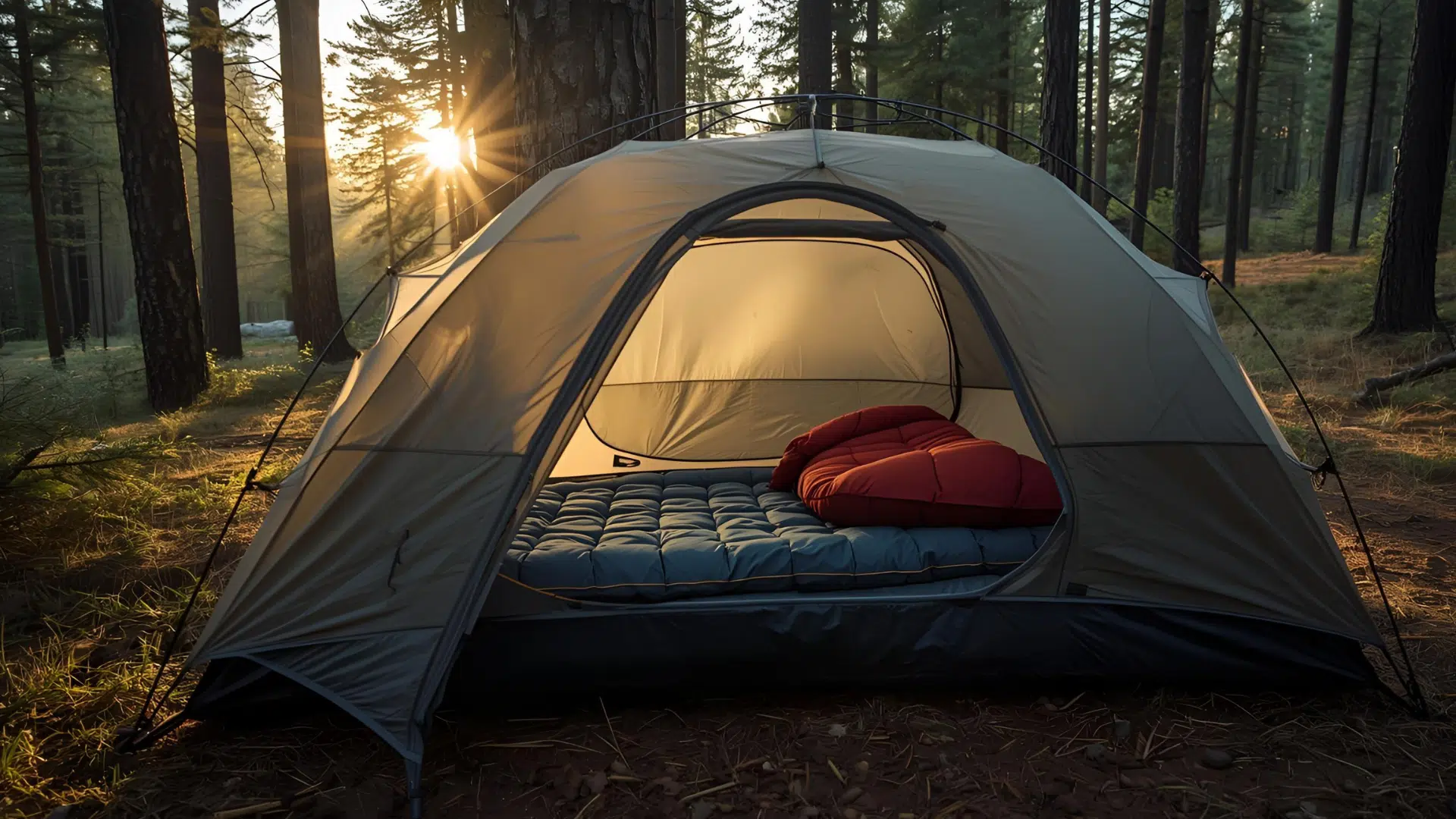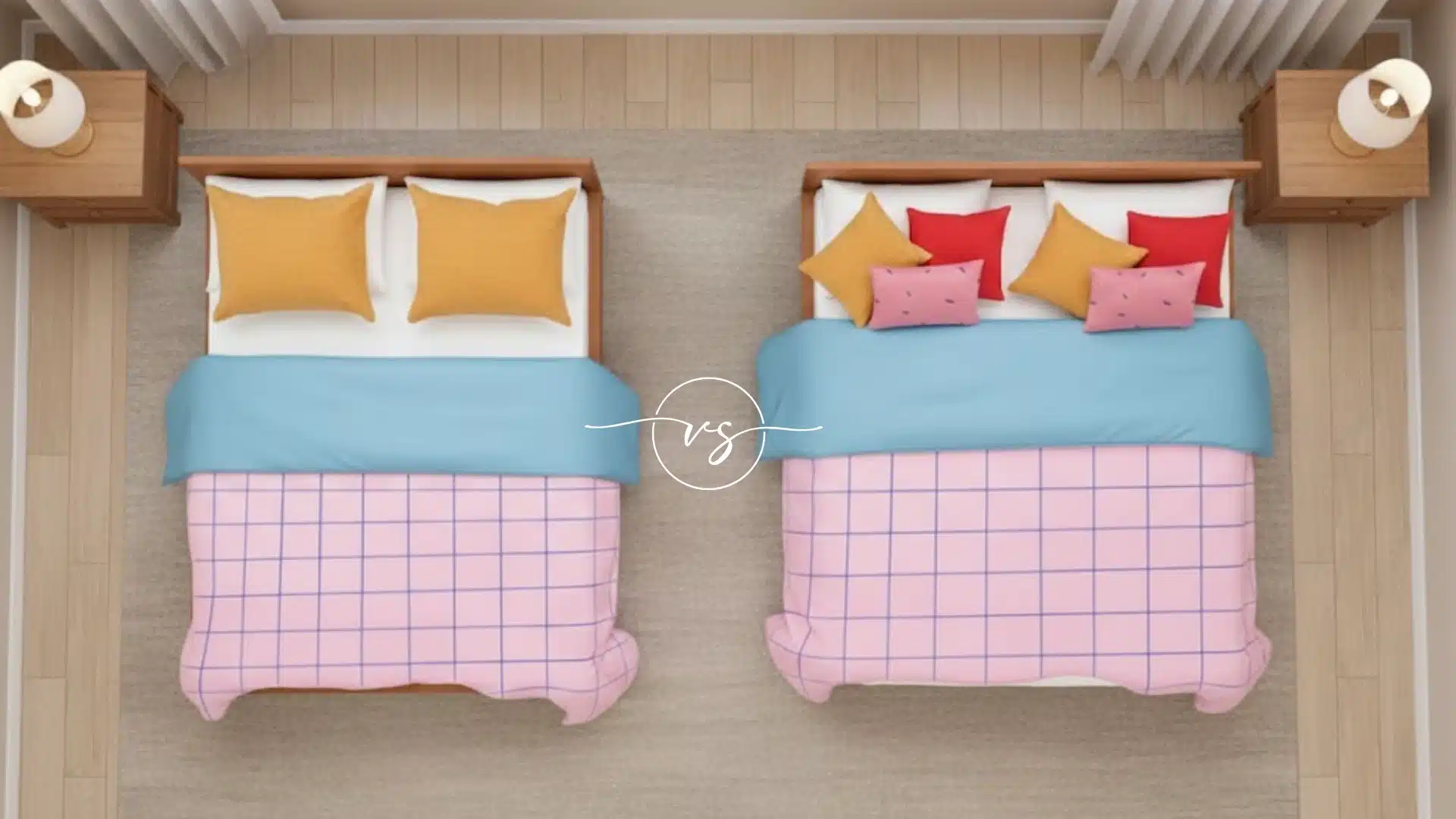Some nights, no matter how tired I feel, sleep just doesn’t come easily. I lie there, eyes closed, but my mind keeps running. That’s when I started using pressure points for sleep as a quiet way to calm my body. Pressing a few simple spots helped me relax more deeply and fall asleep faster.
In this guide, you’ll learn what pressure points are, how they connect to your body’s sleep signals, and how to use them step by step. You’ll also find a full nightly routine, safety tips, and ways to pair acupressure with habits like stretching and breathing.
If you’ve been searching for a natural way to fall asleep more easily, this can be a calming practice you start tonight.
What Are Pressure Points for Sleep and How Do They Work?
Acupressure is a method that uses touch to help your body feel better. It comes from traditional Chinese medicine. This method is based on the idea that your body has energy pathways, called meridians. These pathways move energy, or “Qi” (pronounced “chee”), throughout your body.
When certain spots (called pressure points) on these pathways are pressed gently, it can help calm your nervous system. That means your heart rate slows down, your muscles relax, and your mind feels quieter. This can help you fall asleep faster and sleep more deeply.
Some pressure points are known to affect sleep directly – like the ones between your eyebrows, behind your ears, or on your wrists. These spots send calming signals to your brain when touched.
A study in Complementary Therapies in Medicine showed that acupressure helped people sleep better and feel less anxious.
It’s a simple, natural way to help your body rest.
The Science Behind Acupressure for Better Sleep
Research shows that acupressure can help people with insomnia sleep better.
A meta‑analysis of 41 randomized controlled trials including 3,680 inpatients found that acupressure significantly improved sleep quality (SMD = –1.58, 95% CI [–1.85, –1.31]) and other sleep metrics like total sleep time and sleep efficiency.
When you press on certain points, your body activates the parasympathetic nervous system. This is the system that helps you relax. At the same time, cortisol, the stress hormone, goes down. Lower cortisol means less stress and better sleep.
One study noted a significant rise in serum melatonin after two weeks of acupressure in students with insomnia.
Still, it’s not magic. Results depend on how often and how well you do it. Some people may not feel big changes right away. But with practice and consistency, it can really help.
How to Use Acupressure Points for Sleep Safely and Effectively
To use acupressure points for sleep in a safe and helpful way, timing and technique matter. The best time to practice is right before bed, after a warm shower, or as part of a quiet evening routine. This helps your body relax fully.
Apply gentle, steady pressure using your thumb or finger. Press each point for 1–3 minutes. You should feel a slight ache, not pain. Pair the pressure with slow breathing – breathe in through your nose for 4 seconds, hold for 4, and breathe out slowly for 6.
Sit or lie down with your back straight. Avoid slouching or hunching over, as this can add tension instead of reducing it. Don’t press too hard – many people think harder is better, but that can lead to soreness. With the right pressure, calm posture, and slow breathing, acupressure becomes a safe and easy tool for better sleep.
Acupressure Points for Sleep You Can Try Tonight
If you’re looking for pressure points for sleep with pictures, these spots are great places to start. They are easy to find and can help calm your body and mind at bedtime. Below are the exact locations, why they work, how to press them, and how long to do it:
1. Shenmen (Spirit Gate)
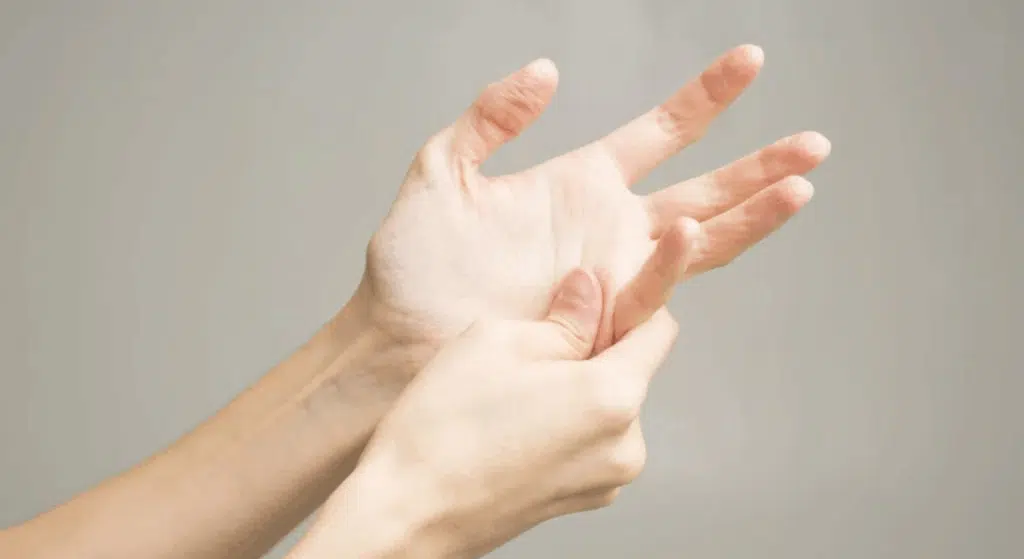
Location: On the inner wrist crease, right below your pinky finger.
Why it helps: Shenmen is linked to the heart meridian. It calms your nerves and helps slow a racing heartbeat. This makes it easier to fall asleep.
How to do it:
Use your thumb to press in small, slow circles. You can also hold steady pressure.
Time: Do this for 2–3 minutes on each wrist, especially if you feel anxious at bedtime.
2. Sanyinjiao (Three Yin Intersection)
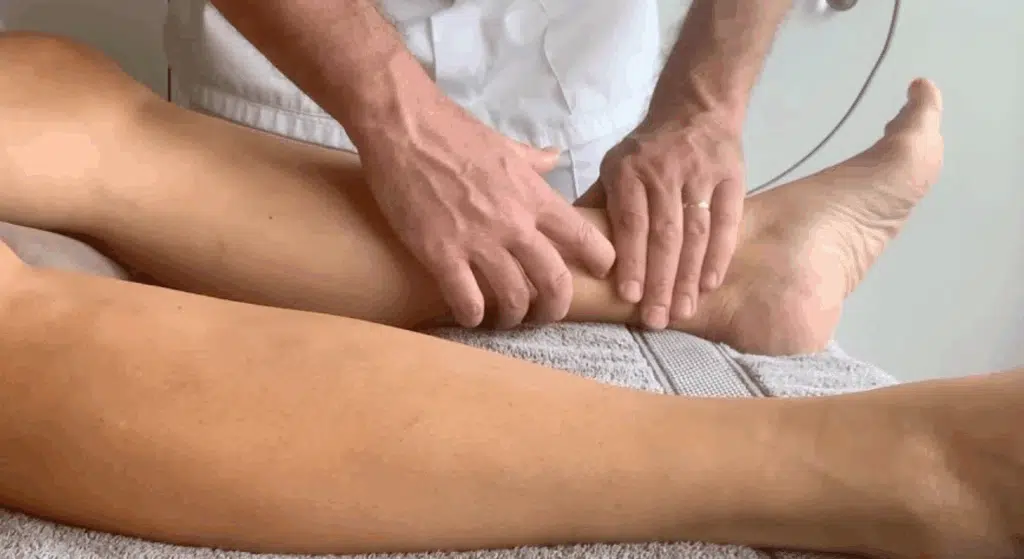
Location: About four finger-widths above your inner ankle bone, near the back of the shin bone.
Why it helps: This point affects three main energy lines. It can ease tension, hormone issues, and emotional stress, all things that affect sleep.
How to do it:
Press firmly with your thumb, just enough to feel slight pressure but no pain.
Time: Massage this spot for about 3 minutes on each leg before going to sleep.
3. Yongquan (Bubbling Spring)
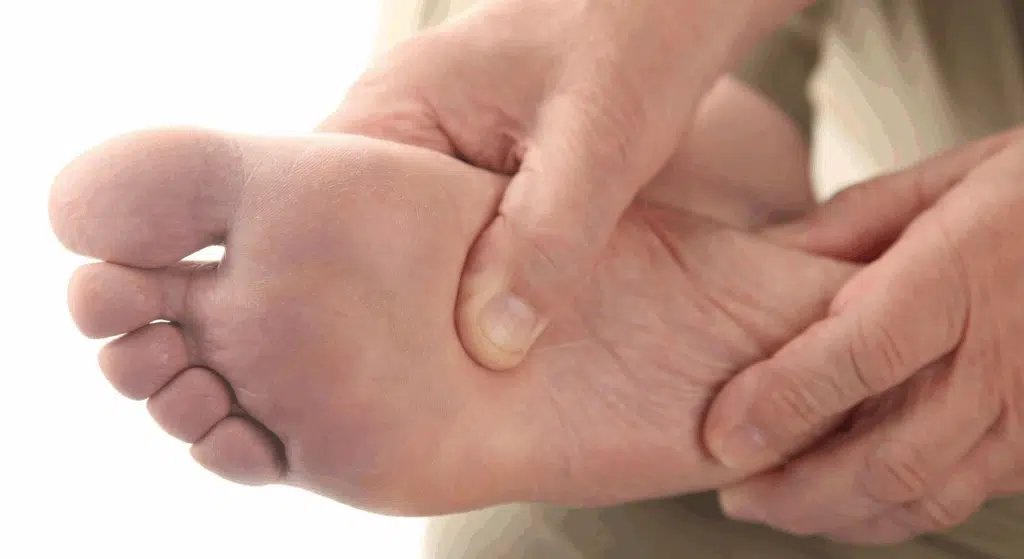
Location: On the sole of your foot, one-third down from your toes. Look for a soft dip.
Why it helps: This point helps you feel grounded. It can quiet the mind and bring your body into a relaxed state for deeper rest.
How to do it:
Use your thumb or knuckle to press and move in slow circles.
Time: 2–3 minutes per foot works well. Try this while lying in bed.
4. Anmian (Peaceful Sleep)

Location: Behind the ear, between the skull bone and jaw.
Why it helps: This point works by relaxing your nervous system. It’s often used to improve sleep and reduce nighttime wake-ups.
How to do it:
Gently press with your fingertip in small circles or simply hold pressure.
Time: 2 minutes on each side. This one is great right before turning out the lights.
5. Neiguan (Inner Gate)
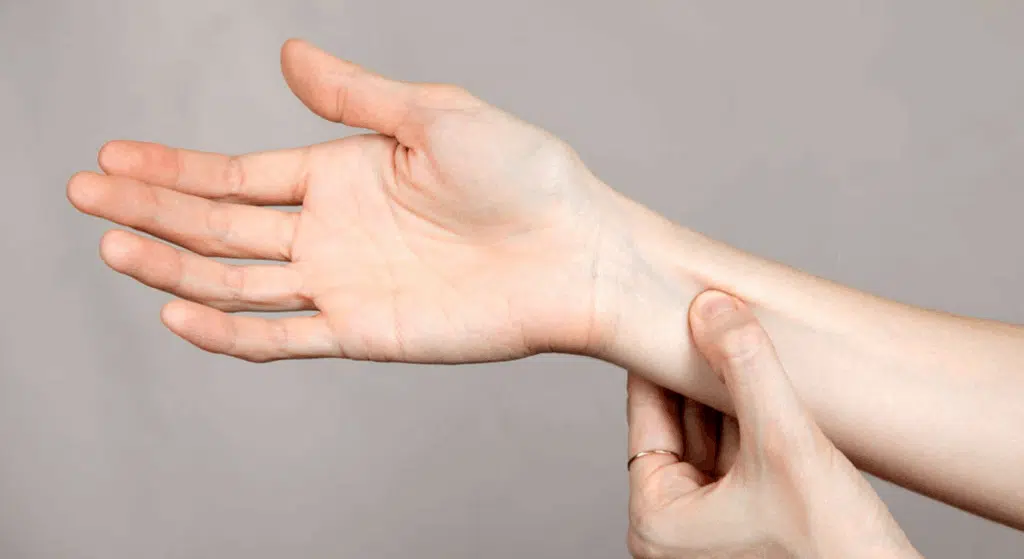
Location: Three finger-widths below the wrist crease, between two tendons on the inside of your arm.
Why it helps: This point helps with nervousness and chest tension. It supports calm breathing and helps settle your thoughts.
How to do it:
Press with your thumb and hold, or move gently in circles.
Time: 2–3 minutes on each arm, best done while seated or lying down.
6. Yin Tang (Third Eye)
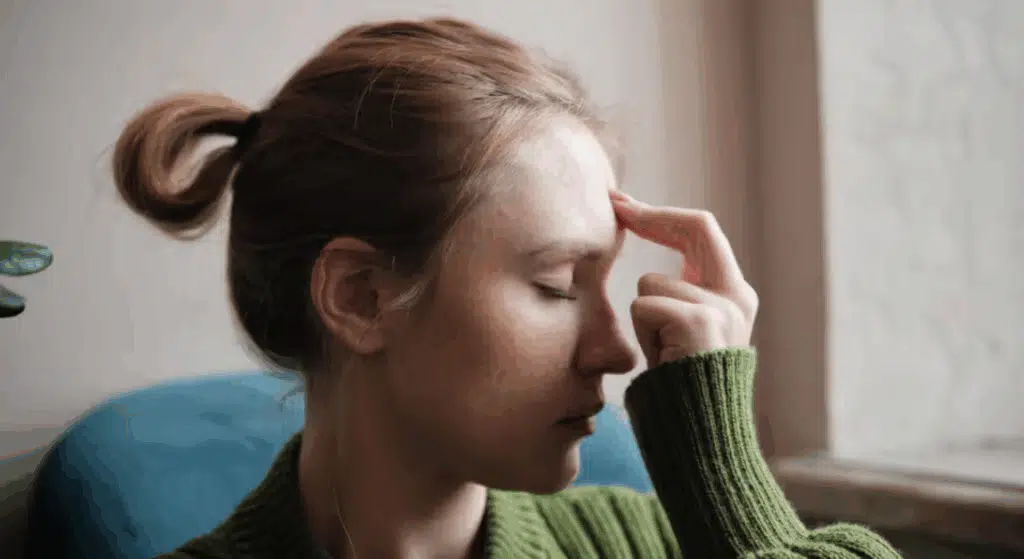
Location: Between your eyebrows, just above the bridge of your nose.
Why it helps: This spot helps stop racing thoughts and stress that keep you awake. It’s calming and can help you relax quickly.
How to do it:
Use your index finger to press lightly or move in small, slow circles.
Time: 1–2 minutes is enough. Try this while lying down or before reading in bed.
7. Tai Chong (Liver 3)

Location: On the top of your foot, in the gap between your big toe and second toe. Move about 1.5 inches back.
Why it helps: This point helps release tension and calm strong emotions like anger or stress, which often affect sleep.
How to do it:
Use your thumb to press in slow circles or hold steady pressure.
Time: 2 minutes per foot, especially if your mind feels too active before bed.
Step-by-Step Nightly Routine Using Pressure Points for Sleep
Creating a simple bedtime routine with pressure points for sleep can help your body know it’s time to wind down. Start by dimming the lights and turning off screens. Sit or lie down in a quiet space.
- Begin with Yin Tang (forehead). Press for 1–2 minutes to calm your thoughts.
- Move to Shenmen (wrist). Massage both wrists gently for 2–3 minutes.
- Press Neiguan (inner forearm) for 2 minutes on each arm to ease restlessness.
- Use Anmian (behind the ear) to slow your heartbeat and relax your nerves.
- Finish with Yongquan (foot sole) for grounding energy and deeper sleep.
You can do all five in about 10–15 minutes. Add deep breathing while pressing each point to make it even more effective. With regular use, this routine can help train your body to fall asleep faster and rest longer.
Can Kids and Teens Use Pressure Points for Sleep?
Yes, kids and teens can use pressure points for sleep, but with care and adult guidance. Their bodies are still growing, so it’s important to use only light pressure and focus on gentle, calming points like Yin Tang (between the eyebrows) or Shenmen (on the wrist). These points are safe and can help with bedtime anxiety, restlessness, or trouble winding down.
Always make sure the child is comfortable and relaxed. Acupressure should never hurt, if it does, stop right away. Try making it part of a calm bedtime routine with reading or soft music.
If your child has a medical condition, is on medication, or has serious sleep problems, talk to a doctor first. Pressure points are a helpful tool, but they aren’t a replacement for proper care. With a soft touch and a calming setting, acupressure can be a simple way to support better sleep for kids and teens.
Combining Acupressure With Sleep Hygiene for Better Results
Using acupressure is more effective when it’s part of a full bedtime routine. Good sleep hygiene means building habits that tell your body it’s time to rest. Start by setting a consistent bedtime, even on weekends. Avoid screens at least an hour before bed, and keep your room cool, dark, and quiet.
After acupressure, add light stretching to relax tight muscles. A warm shower or calming scents like lavender can also help your mind slow down. These small habits work together to prepare your body for sleep.
When you use acupressure along with healthy sleep habits, the results are stronger. Your nervous system relaxes, your thoughts quiet down, and falling asleep becomes easier. Over time, your body learns this routine and responds faster.
You don’t need major changes; just a few steady steps each night can improve how well you sleep and how rested you feel in the morning.
Safety, Contraindications, and When to Consult a Doctor
While acupressure is usually safe, some people should be extra careful. For example, if you’re pregnant, avoid using the Sanyinjiao (SP6) point on the inner leg. This point is linked to the uterus and may trigger contractions if pressed deeply.
If you have a serious health condition, like heart problems, blood pressure issues, or nerve disorders, talk to a doctor before starting any pressure point routine. Also, if you’ve been dealing with long-term insomnia that doesn’t improve after a few weeks, you should check with a healthcare provider. It might be a sign of a deeper issue that needs treatment.
Always use light to medium pressure and never push hard or force a point. Listen to your body. Acupressure should feel relaxing, not painful. Done the right way, it’s a helpful, low-risk tool. But it’s not a replacement for medical care when needed. Stay safe and be gentle with yourself.
Conclusion
I’ve found that using pressure points for sleep gives me a calm, steady way to settle down at night. It’s not fancy or hard, just a quiet habit that helps my body know it’s time to rest. With practice, it’s become part of how I unwind, and I’ve started sleeping more deeply.
Now it’s your turn to try. Pick one or two points and add them to your routine tonight. Stay gentle, breathe slow, and keep at it. Little changes like this can really add up over time.
If you’re ready to keep going, check out other blogs on the website for more sleep tips, routines, and natural ways to feel better. You’ve got this!


